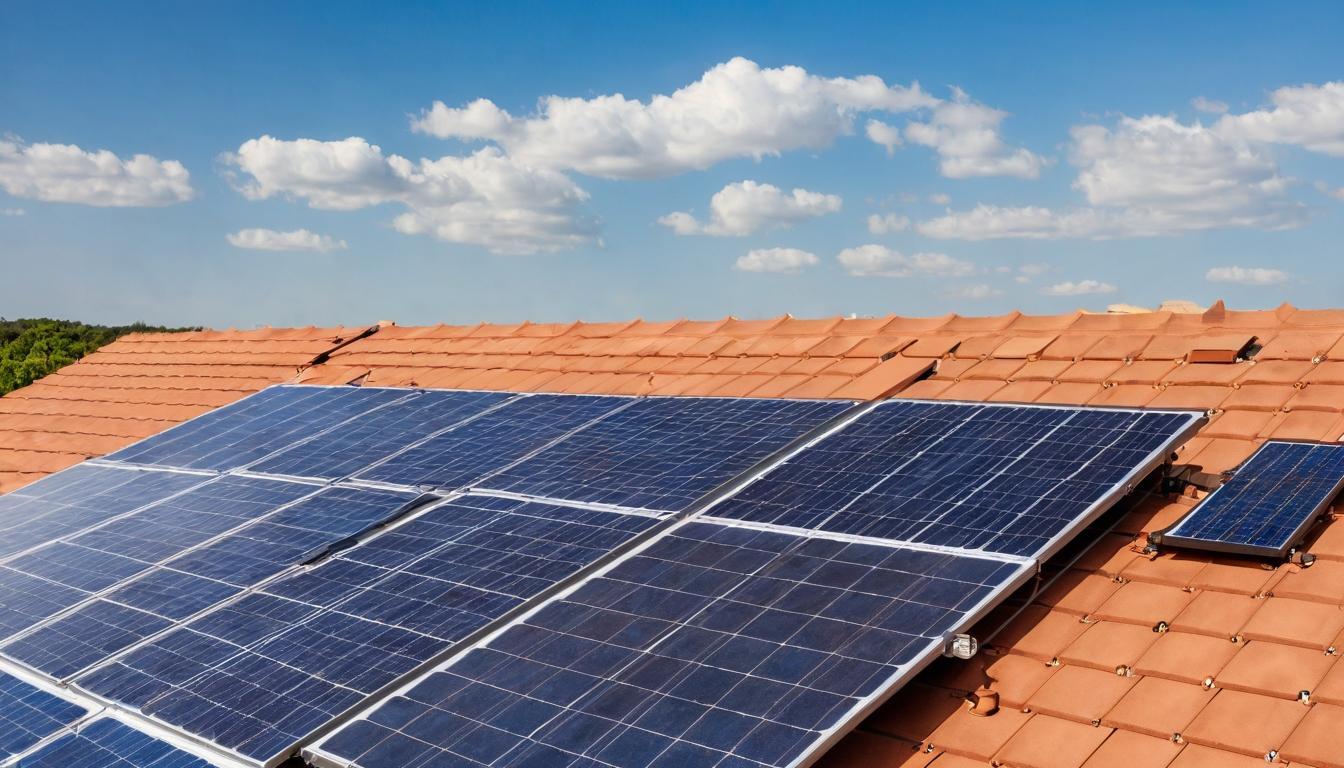The solar industry is experiencing what can only be described as a pricing paradox. While panel costs have plummeted by over 80% in the last decade, homeowners are discovering that the cheapest option often comes with hidden costs that can turn their green investment into a financial nightmare.
Walk through any solar trade show today, and you'll be bombarded with promises of rock-bottom prices. Chinese manufacturers dominate the market with panels that cost pennies on the dollar compared to just a few years ago. But here's the dirty little secret the industry doesn't want you to know: many of these bargain-basement panels degrade faster, produce less energy over time, and come with warranty claims that are nearly impossible to enforce.
I recently tracked down three families who fell for the low-price trap. The Johnsons in Arizona saved $3,000 upfront by choosing the cheapest panels available. Two years later, their system is producing 18% less energy than promised, and the manufacturer has disappeared—leaving them with worthless warranties and mounting electricity bills. Their story isn't unique.
Meanwhile, premium panel manufacturers are fighting back with technology that actually makes economic sense. Panels with half-cut cell technology, micro-inverters, and better degradation rates might cost 20-30% more upfront, but they're proving to deliver better returns over the 25-year lifespan of a typical system. The math is surprising: that extra investment often pays for itself within the first 8-10 years through higher energy production and fewer maintenance issues.
The installation quality factor is another piece of this puzzle that most homeowners overlook. I followed a crew from a discount installer and another from a premium company. The differences were staggering—from how they mounted the panels to how they handled wiring and connectivity. The cheap installers cut corners that will likely lead to problems down the road, while the experienced teams built systems designed to last.
Financing adds another layer of complexity to this cost equation. Many of the 'too good to be true' deals come with predatory loan terms that lock homeowners into unfavorable agreements. The solar industry's version of subprime lending is emerging, where dealers push high-interest loans to make the monthly payments seem affordable while hiding the true cost.
Then there's the technology evolution that makes yesterday's bargain today's liability. Panels purchased just three years ago are already obsolete compared to what's available today. The efficiency gains mean newer panels produce more energy in the same space, making older systems less valuable—both in energy production and home resale value.
The regulatory landscape is shifting beneath our feet too. Net metering policies are changing across the country, meaning the economic calculations that made sense last year might not hold water today. Homeowners who bought based on outdated assumptions are finding their return on investment calculations were built on sand.
So what's a conscientious consumer to do? The answer isn't simply 'buy the most expensive option.' Instead, smart shoppers are looking at total cost of ownership rather than upfront price. They're demanding better transparency on degradation rates, insisting on seeing real-world performance data, and choosing installers with proven track records rather than flashy marketing.
The solar industry stands at a crossroads. It can continue racing to the bottom on price, or it can embrace quality and longevity. For homeowners, the choice has never been more important—or more confusing. Your solar decision today will impact your energy costs for the next quarter-century. Choose wisely, because sometimes the cheapest option ends up costing you the most.
The solar panel paradox: why cheaper panels aren't always better for your wallet

